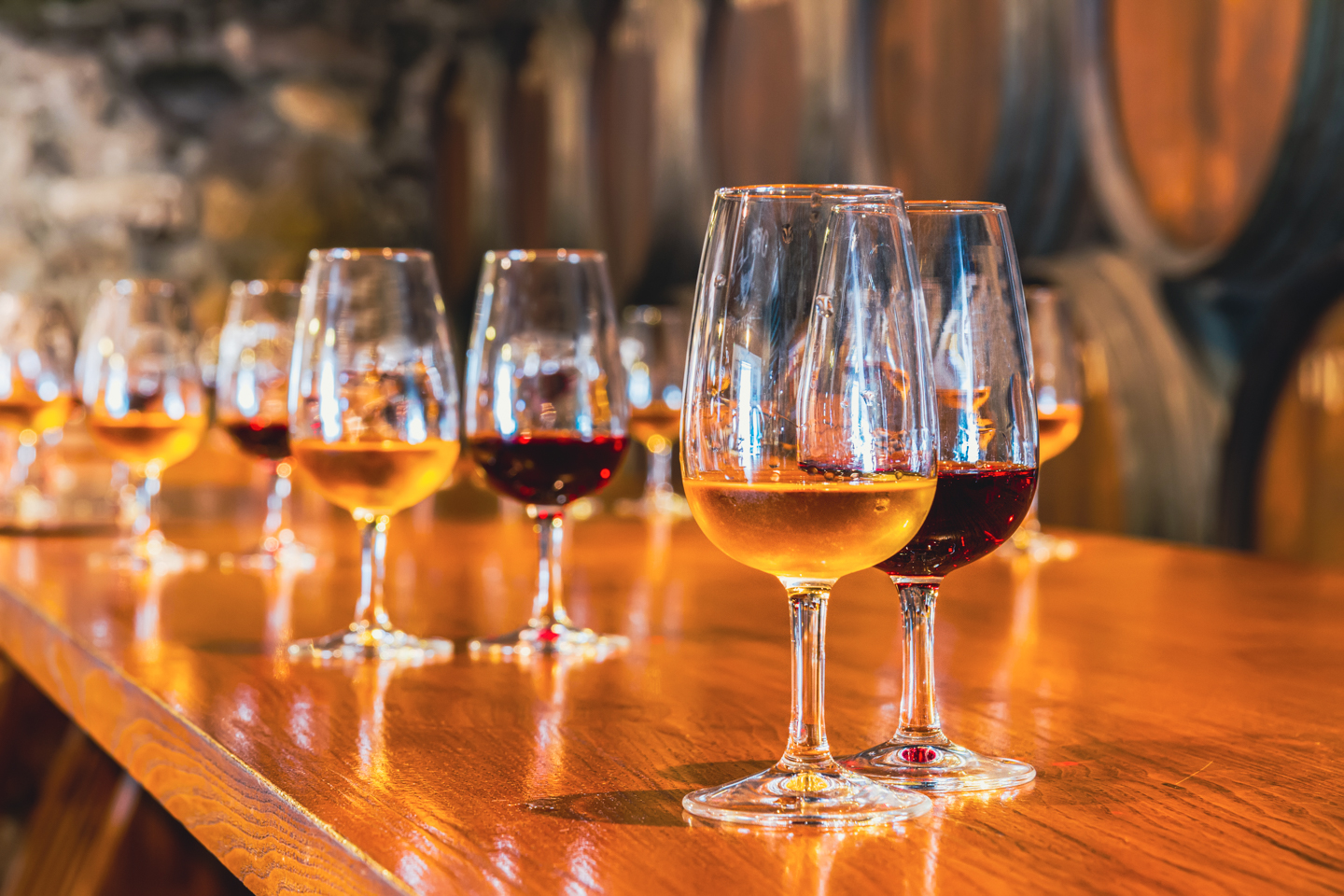Rosé Wine 101: Everything you need to know about Rose Wine
Rosé wine is such a great ‘go-to’ for casual get-togethers with mates. This wine has become super trendy in recent years — you could even say that pink is the new black. Rosé used to be known as a drink for the ladies, probably thanks to its pretty colour.
But these days more and more guys are discovering this fresh, light-bodied wine. In fact, Rosé has become so popular with the chaps that it’s been nicknamed brosé.
We’re going to take a look at what makes Rosé such a great choice, whether you’re chilling out with your mates or just enjoying a quiet meal at home.
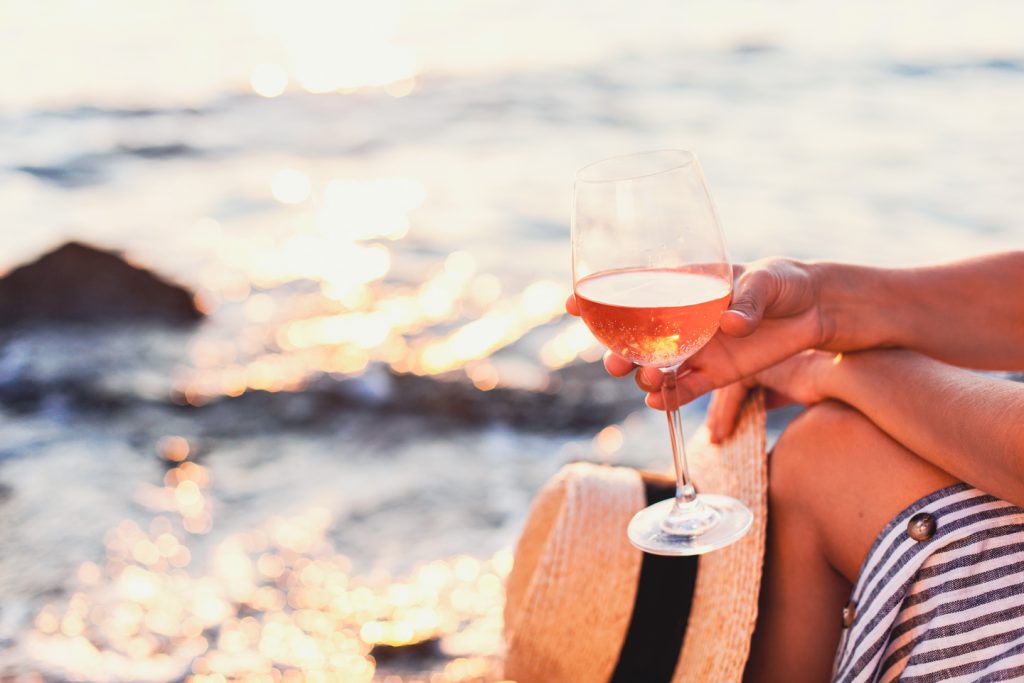
Why is Rosé Wine so Popular?
Pronounced: Roh zay
Rosé wine is popular quite simply because this wine seems to offer something for everyone. You’ll find cheap and cheerful bottles, crazy-expensive pink Champagne — and everything else in between.
Rosé can be sweet, off-dry or bone dry, depending on which grapes it was made from. If you want to read more about what these terms mean, check out our wine tasting guide.
New Zealand Rosé has become even more popular recently, thanks to some great regional styles and a particularly brilliant vintage in 2020.
What Does Rosé Wine Taste Like?
Rosé tastes of ripe strawberries, raspberries, sweet citrus and honeydew melon, with a hint of spice and fresh herbs. Because this is a lighter-bodied wine, it’s very drinkable. It can smell quite fragrant — like spring flowers.
Most Rosé made in New Zealand is fruity and dry. The sweeter old-fashioned styles tend to come from European countries.
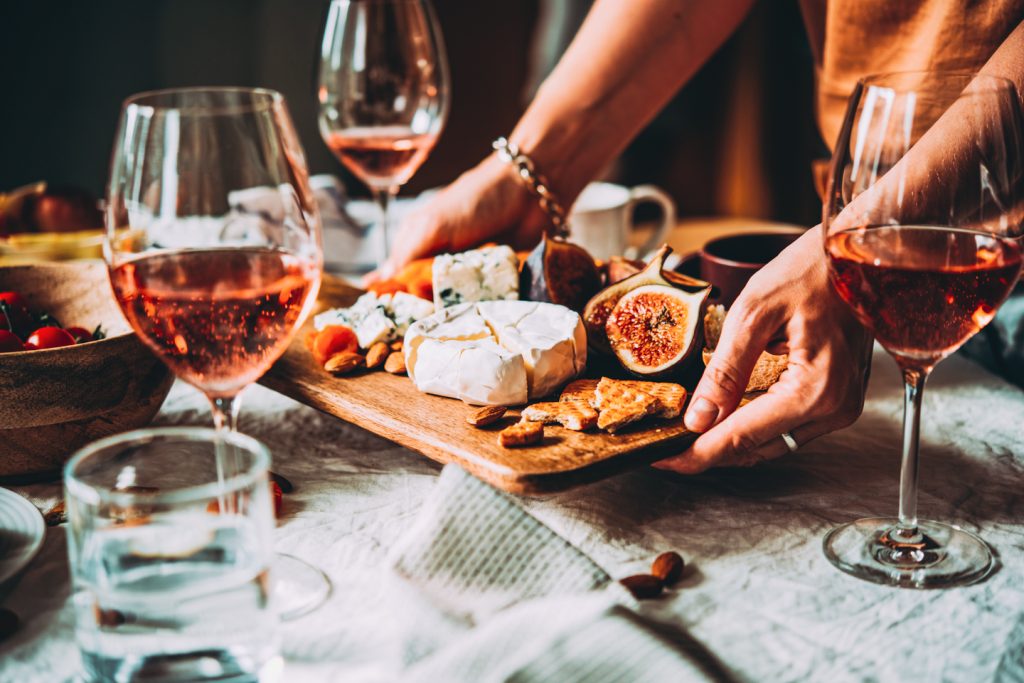
Foods That go well with Rosé Wine
While Rosé is fresh and fruity, it is also quite subtle. That makes it the perfect match for any type of seafood, including smoked salmon.
The good news is that Rosé goes well with spicy food like Mediterranean, Thai and Indian meals. It’s also crazy good with ham and soft cheeses, especially goat’s cheese. Asian-style salads and smoky tofu are great vegetarian matches for Rose.
Rosé goes best with yoghurt, citrus or vinaigrette sauces.
A sweeter Rosé wine can be served with fresh summer fruit or a light dessert.
Serving Rosé Wine
Rosé is the perfect wine for a picnic or barbeque in the sun. Just keep it chilled, at around 7 degrees Celsius — any colder and it will lose its lovely smell.
You can buy fancy Rosé glasses, shaped a bit like fat tulips. But most people just serve Rosé in large white wine glasses. A longer stem is supposed to keep your wine cooler — so long as you remember to keep your warm little mitts away from the bowl.
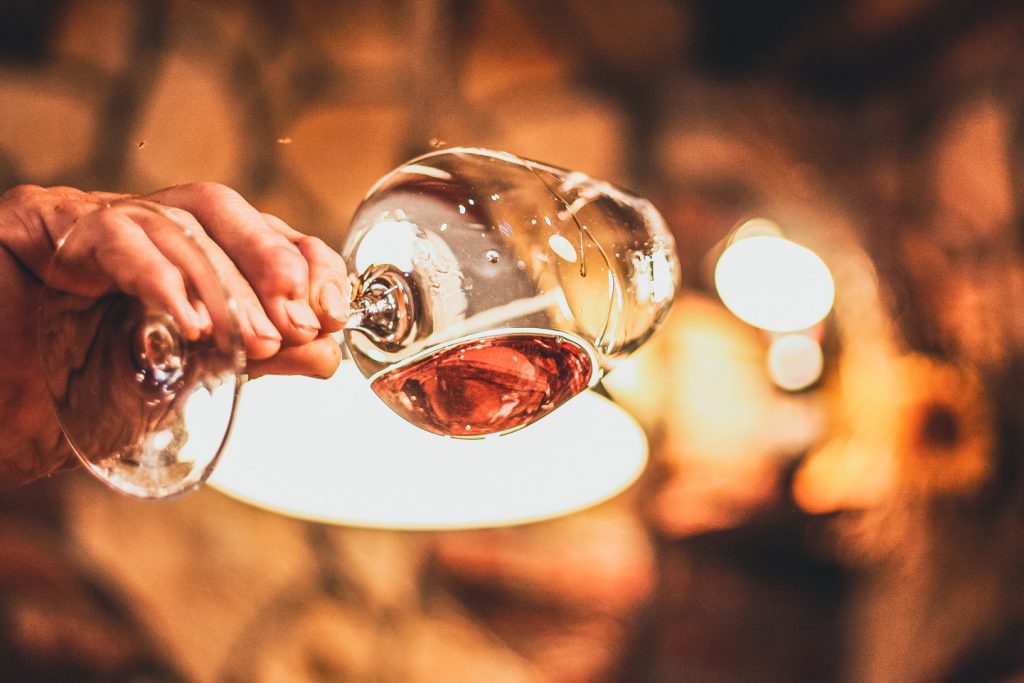
How is Rosé Wine Made?
Don’t fall into the common mistake of thinking that Rosé is just white wine with a bit of red mixed in to make it pink. This is not usually the case.
The colour actually comes from time spent in contact with the skins. Often winemakers will draw off some wine to make Rosé, leaving the rest to become red wine.
It’s also important to know that Rosé isn’t a type of grape — Rosé wine can be made from any red wine grape. Rosé in New Zealand is usually made from Pinot Noir. But you’ll find styles made from Malbec, Syrah, Merlot, Cabernet Sauvignon and Montepulciano grapes.
The shade of pink varies a lot, ranging from a very pale salmon to a deep watermelon pink. The final colour depends on the grape variety, and the length of time the juice is left in contact with the skins — usually just a few hours.
Most Rosé wine in New Zealand is fermented in stainless steel tanks to preserve the fresh, fruity taste.
Sparkling Rosé is made in the same way as other sparkling wines, except that the grapes are left in contact with the skins early in the process. In some cases, as with Rosé Champagne, the winemakers will add a little bit of red wine to make the wine pale pink.
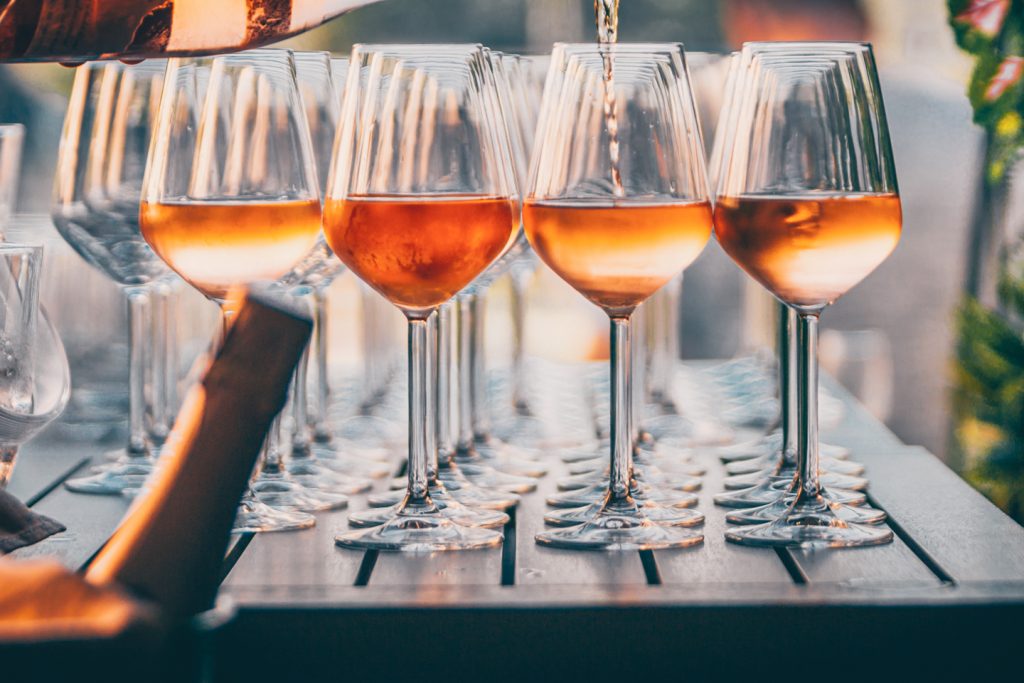
Are Rosé and Blush Wines the Same Thing?
When people talk about blush wines, they are most often referring to a style of wine that was made popular in California in the 1980s. These are usually fruity and fairly sweet wines, while Rosé tends to be dry and fresh in your mouth. The two terms can get quite confused though, so always check the tasting notes.
Regions in New Zealand That Make Great Rosé
Because Hawkes Bay grows lots of Merlot and Syrah, their Rosé is usually made with the same grapes. A typical Hawkes Bay Rosé is fruity and spicy.
Pinot Noir is the most common grape used to make Rosé in Marlborough and Nelson. These wines smell fantastic and taste like ripe boysenberries, raspberries and spice. A few winemakers in this region are also making interesting styles from Syrah and Montepulciano grapes.
It’s no surprise that Central Otago Rosé is made from Pinot Noir grapes. They do grow rather a lot of them! Rosé from this region tends to be a little bit zestier, tasting of strawberry, raspberry and ripe cherries. You might pick up a touch of spice and fresh herbs.
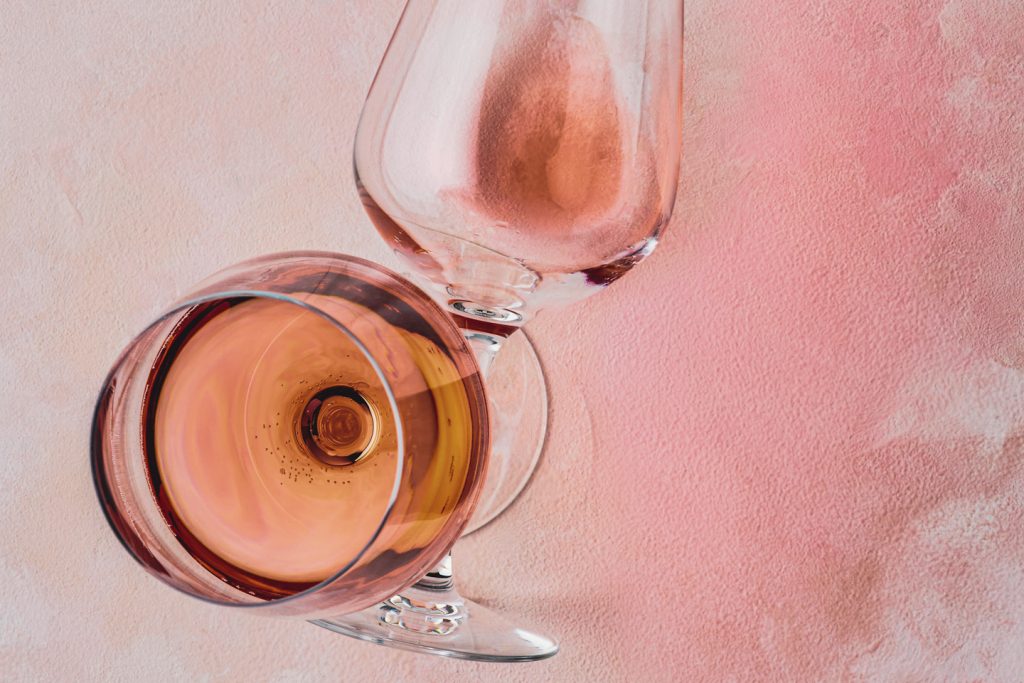
Perfect in Pink
It’s really not that surprising that Rosé wine has become so popular. The perfect colour for a romantic dinner, this wine is also a great choice for any casual get-together. It’s super food-friendly and is a fantastic wine to pop in your picnic basket or take along to a BBQ with friends. Not only is Rosé very drinkable — this wine also has heaps of personality. So next time you’re reaching for the same old brand of Sauvignon Blanc, why not try something pink instead? There are plenty to choose from.
You can learn a heap more stuff about different brands of Rosé wine on our website. Our wine descriptions make it super easy for you to find the perfect pink for any occasion.
If you need some extra help from our in-house experts, just flick us a message or give us a bell on 0800 BRINGA (0800 274 642).



